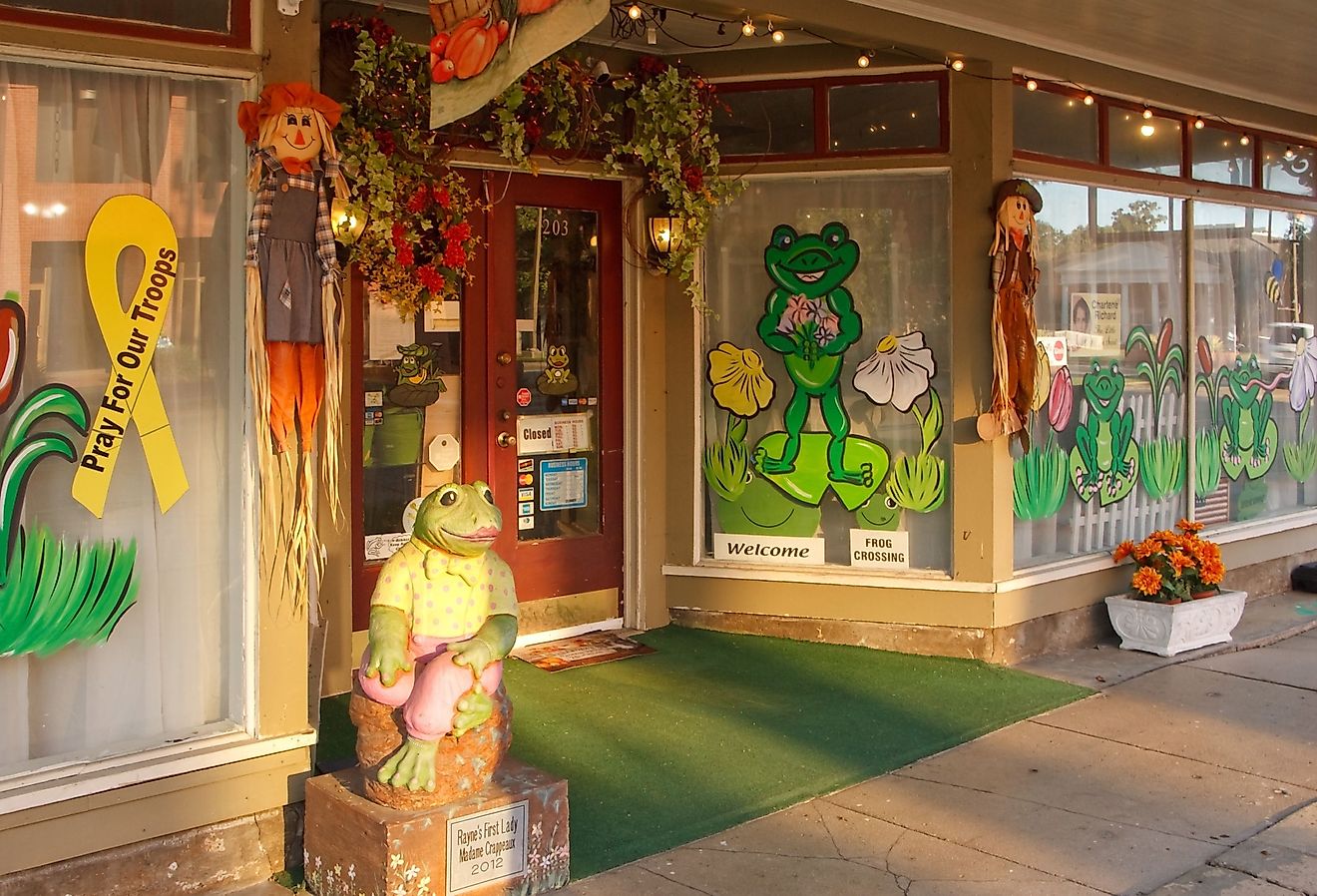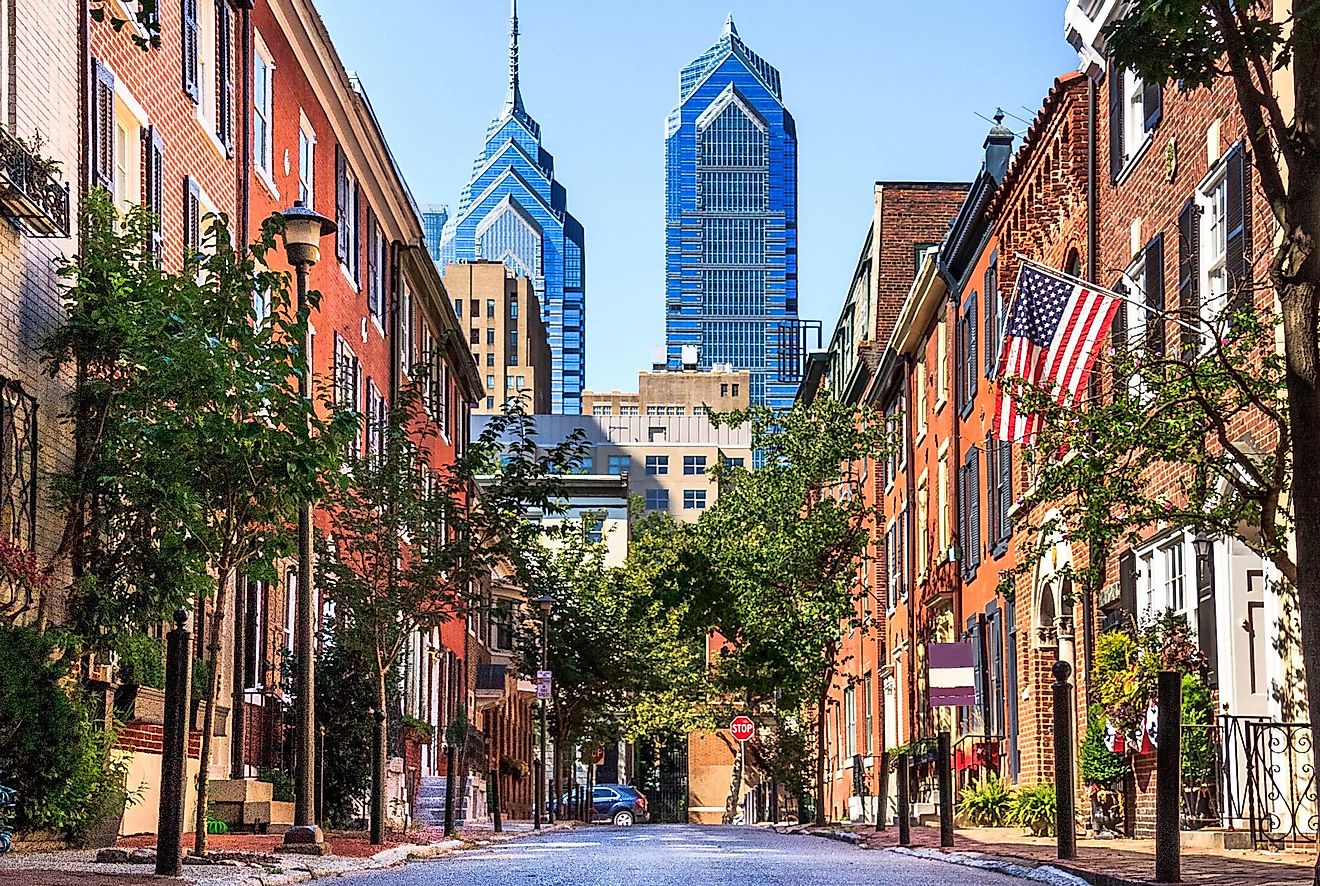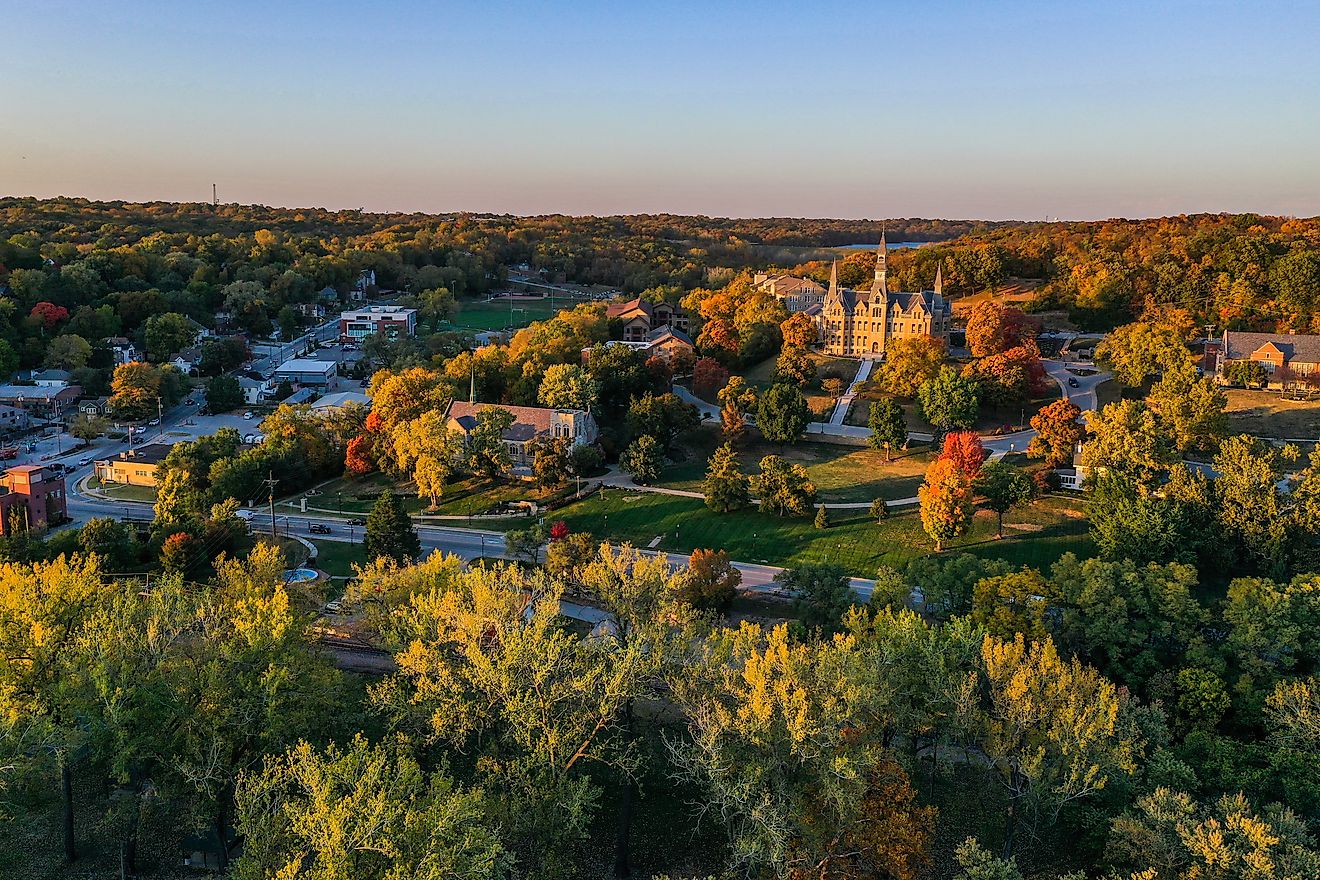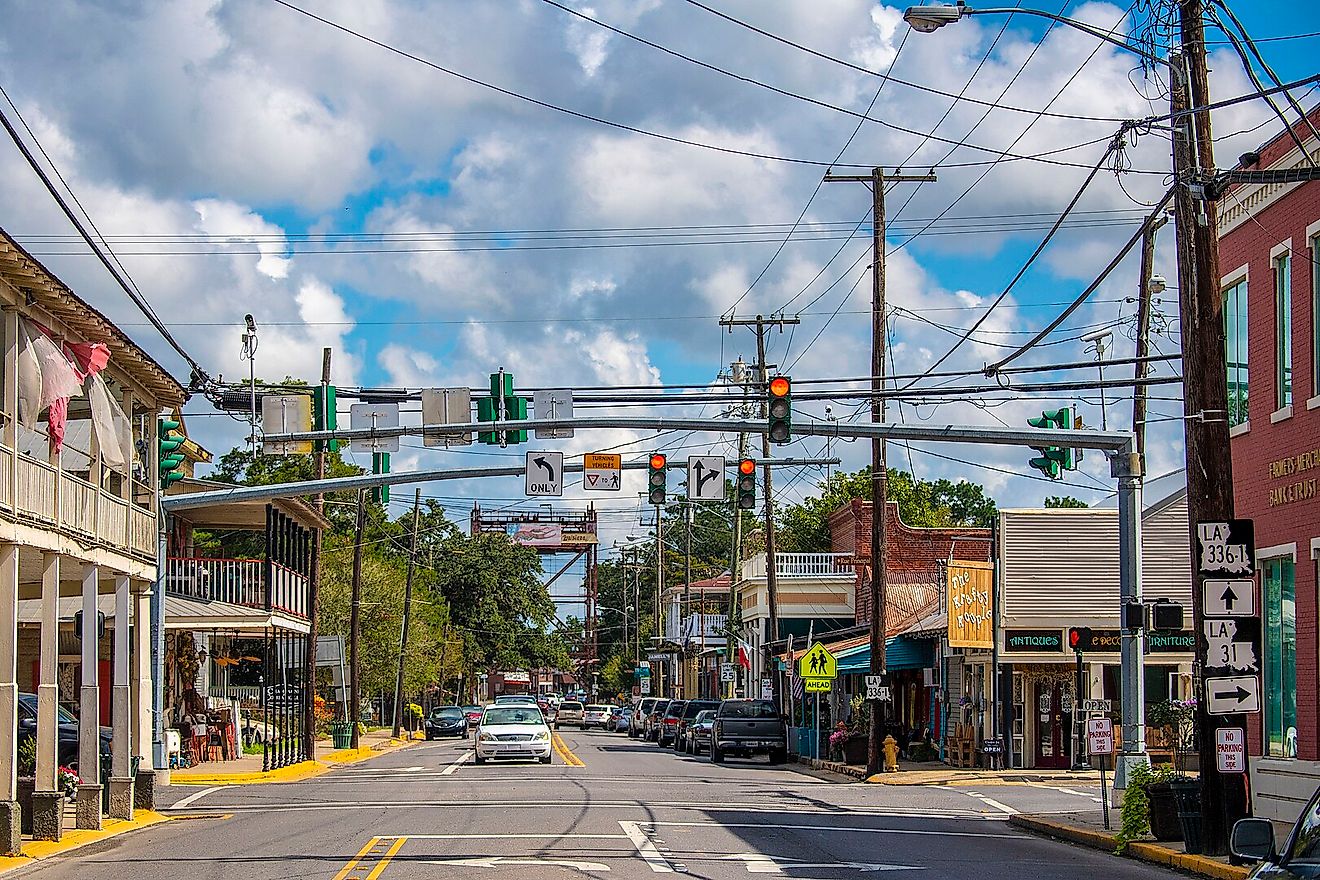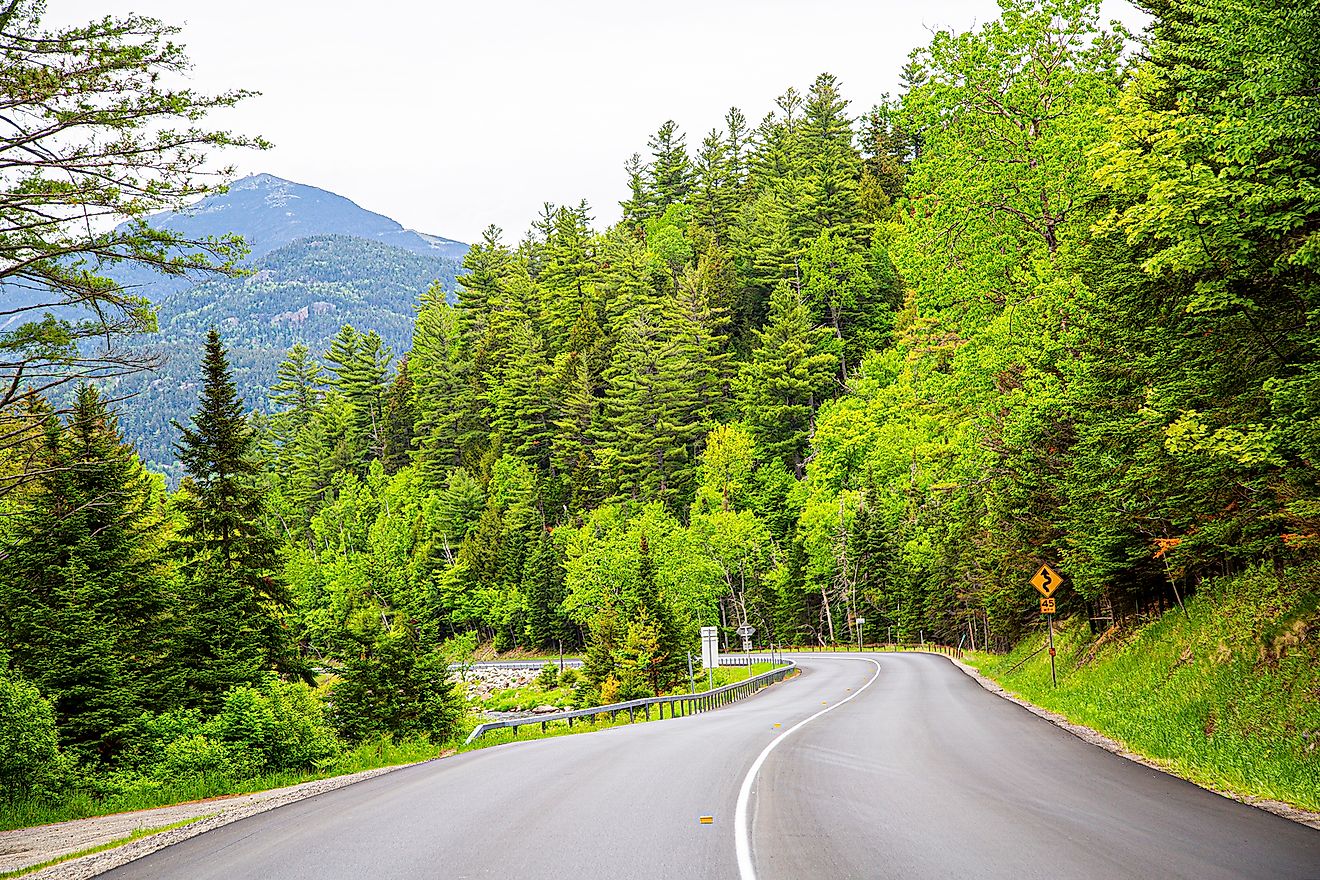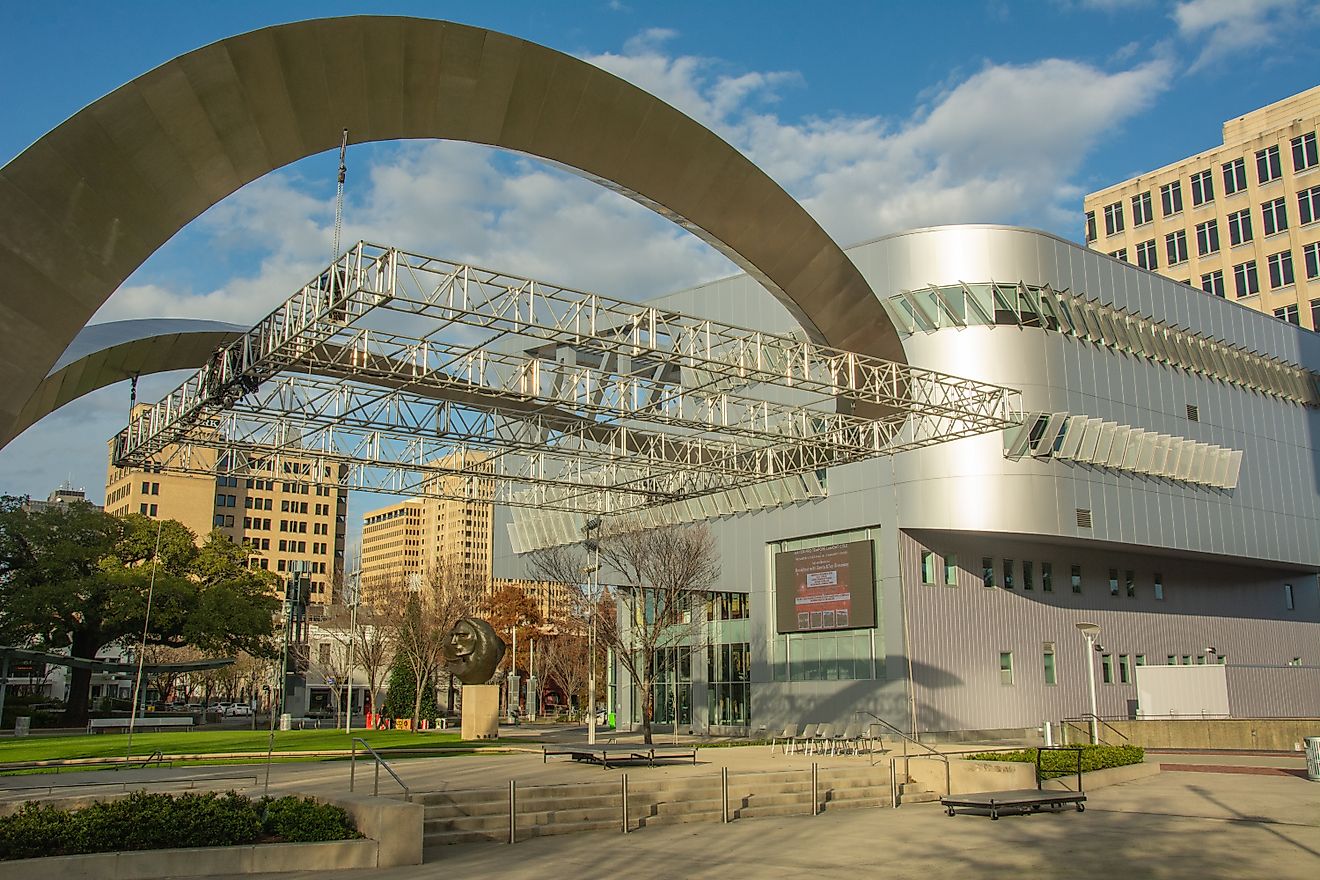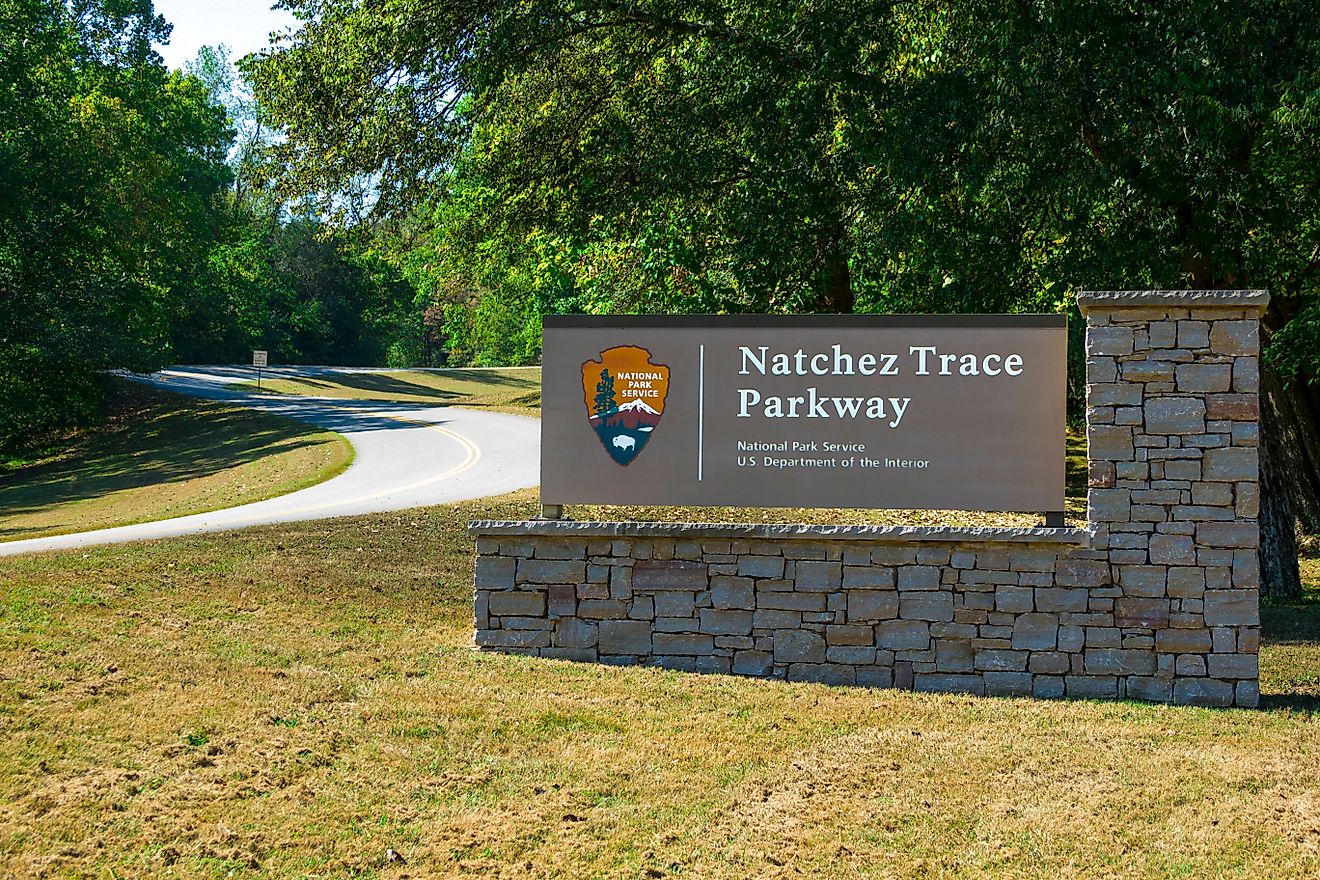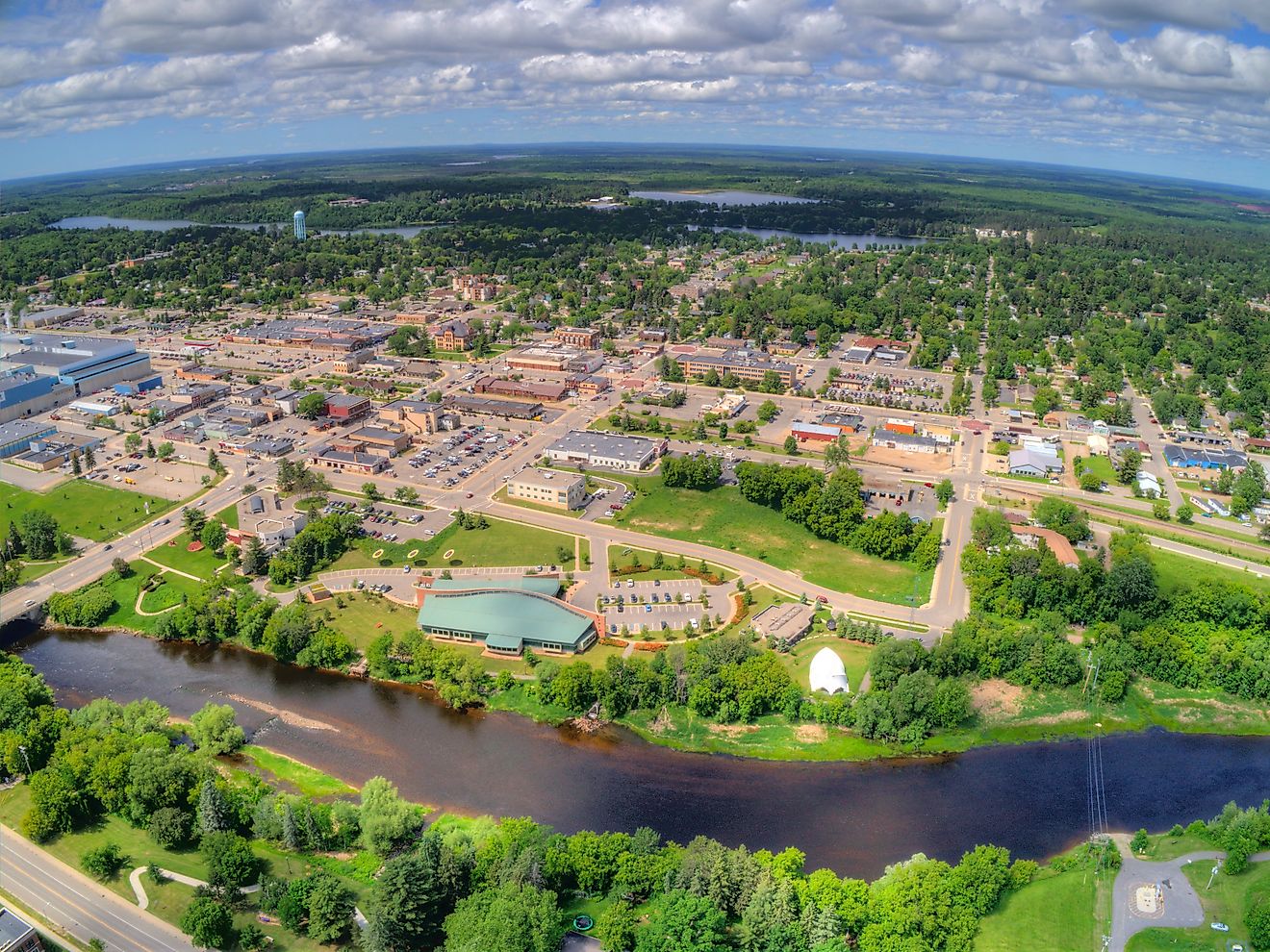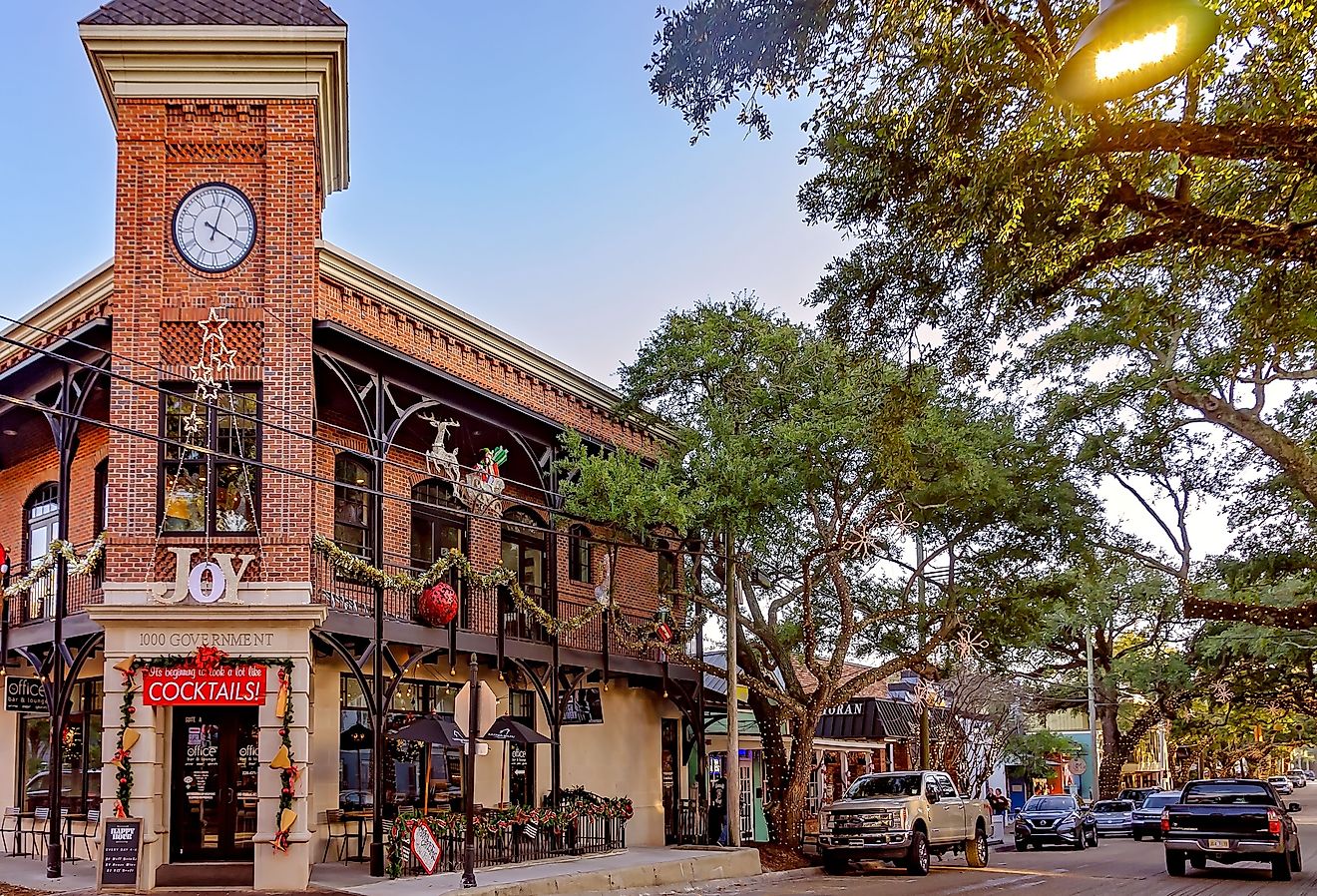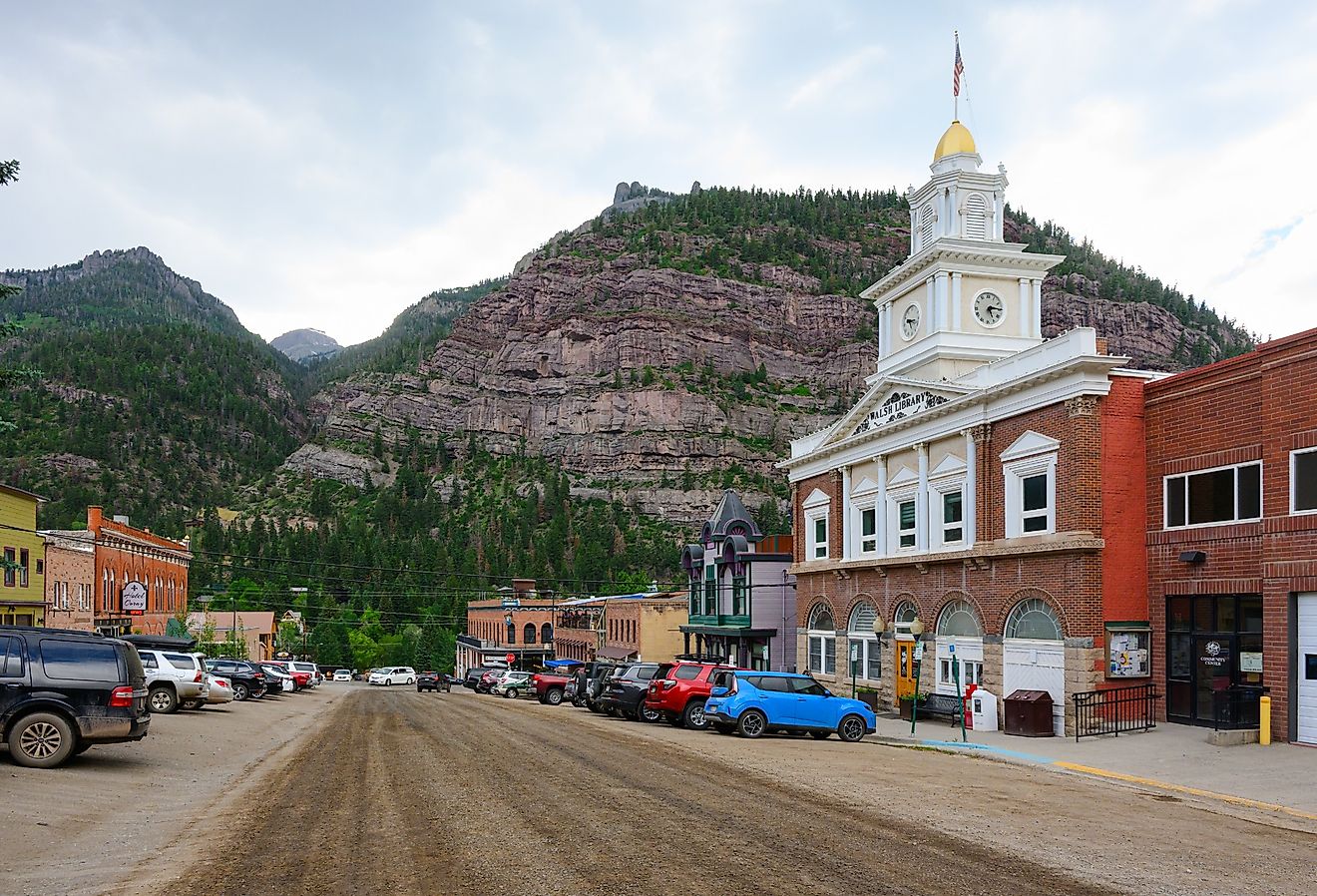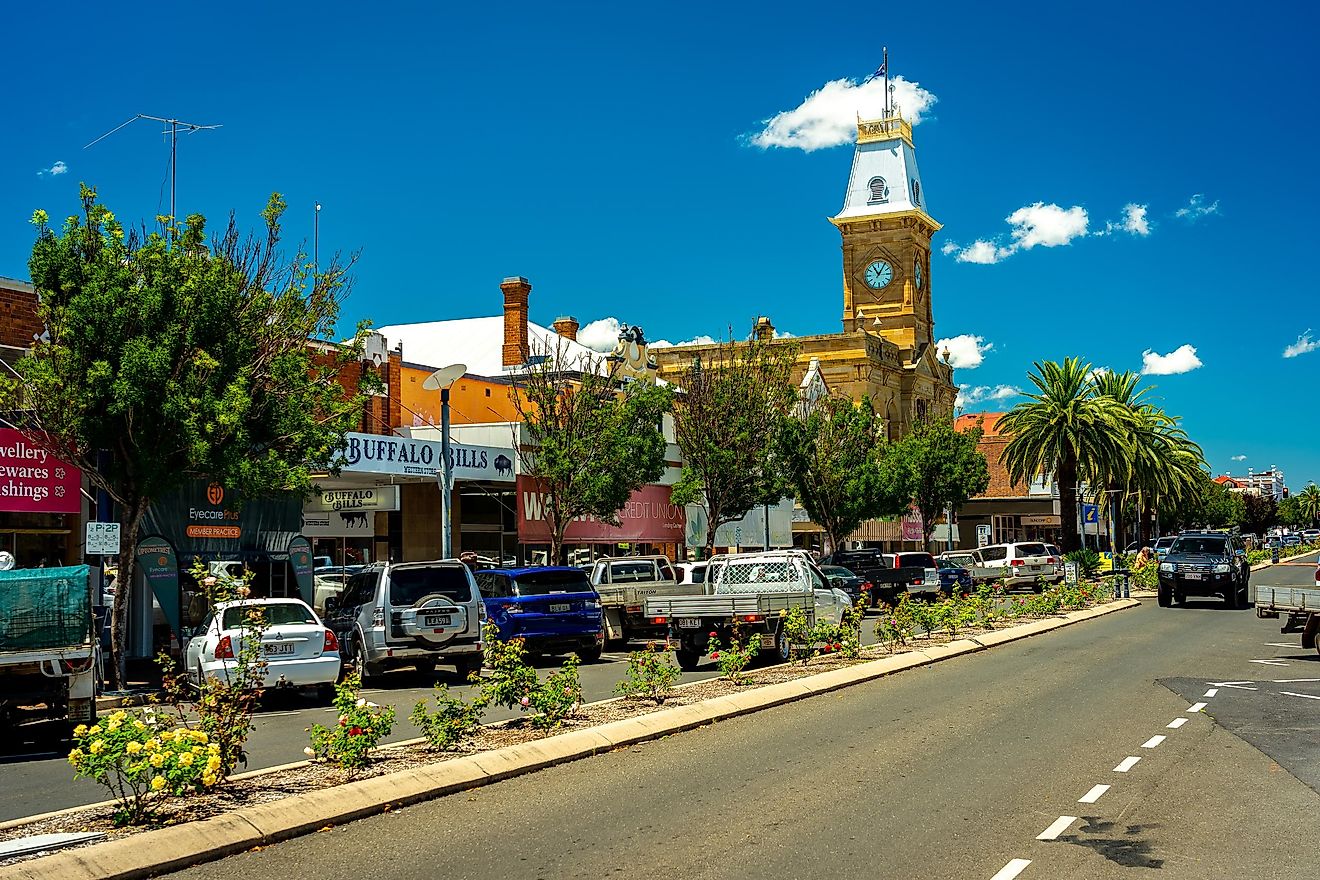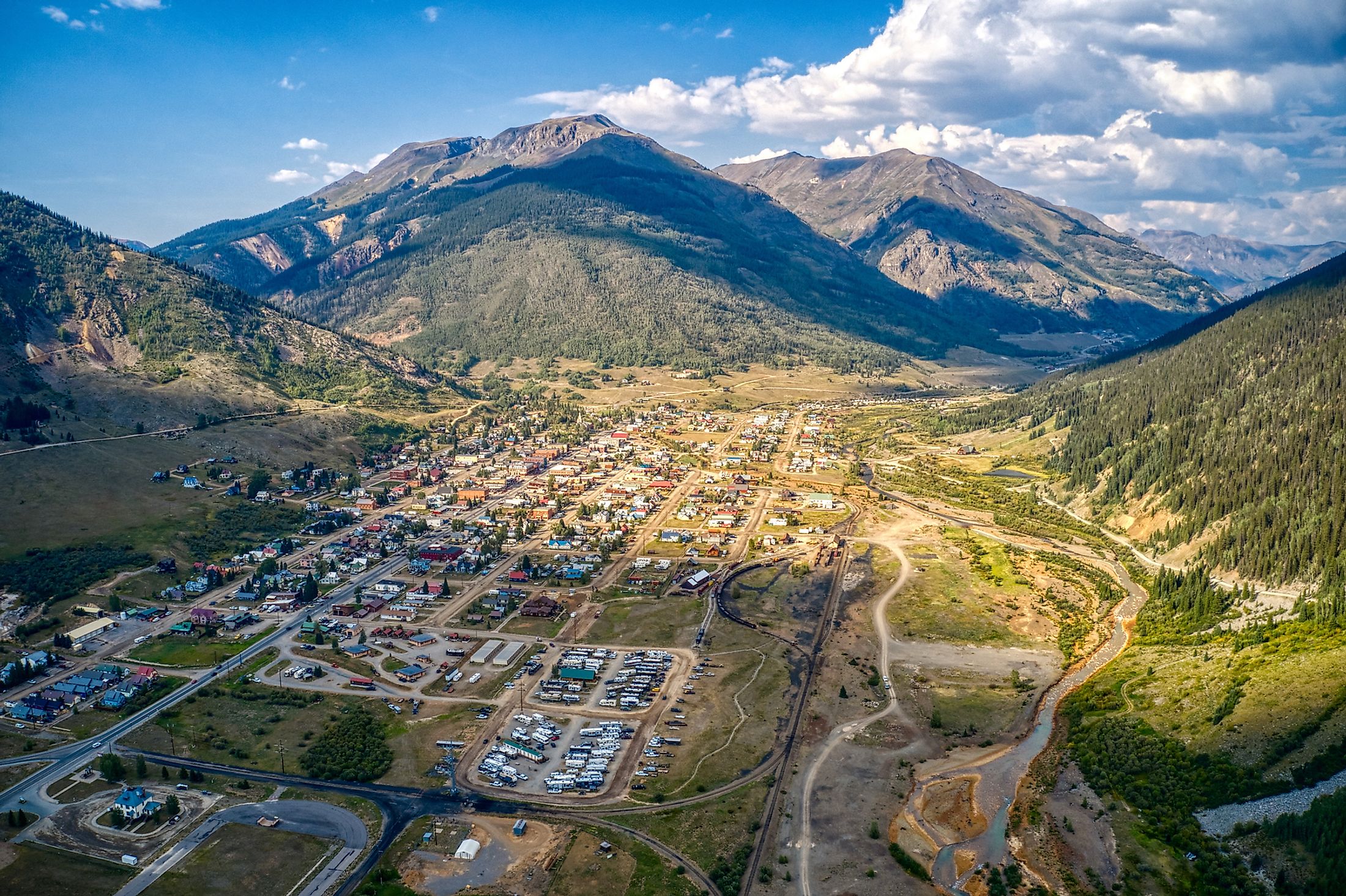
Silverton, Colorado
Silverton, Colorado, is a historic mining town established in 1874. Silverton grew from a group of gold-rush mines in the early 1870s to a beautiful Victorian community whose buildings still standing, making the whole town a designated National Historic Landmark. The stunning natural beauty and recreation opportunities put Silverton at the top of the destinations list of tourists who visit Colorado.
Silverton is located at an elevation of 9,318 feet (2,840 meters) under 50 miles of Durango in the San Juan Mountains. It has a total area of 0.8 square miles ( 2.1 km^2)
History Of Silverton
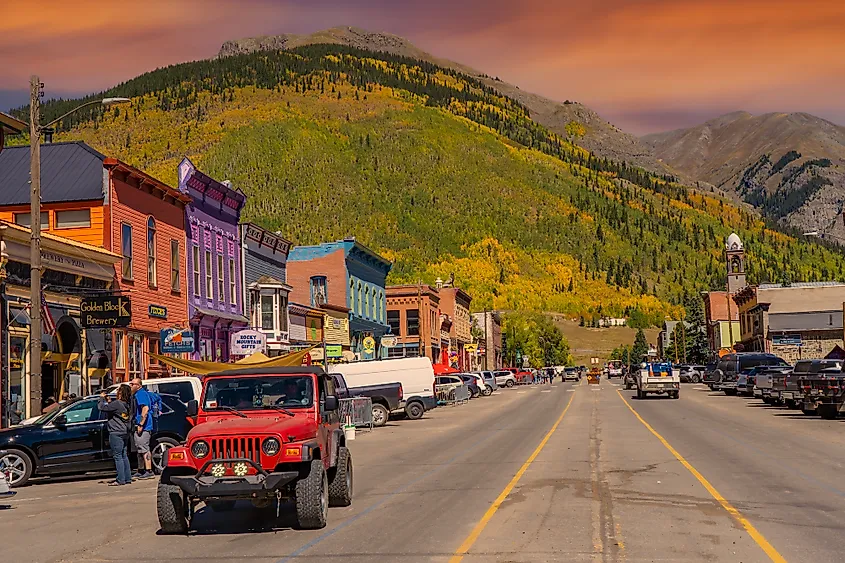
The Spanish settlers resided in New Mexico's Rio Grande Valley by the 1590s. However, in search of mineral wealth, the Spanish explorers went north and explored the mountain ranges and gave them the name "San Juan" in the latter 1600s.
In later years, fur trappers entered the San Juan but primarily pursued fur trade rather than mining the gold in the mountains. It was the great California Gold Rush of 1849 which shifted the nation's focus and imagination towards the tremendous potential riches of the West's Mountain ranges.
The first great mining rush to Colorado happened in 1859 when hundreds of prospectors came to Denver before rushing into the mountains. The San Juan Mountain range was on the opposite side of the state. Despite being in a rugged area in the Rocky Mountains region, a group of prospectors led by Charles Baker explored deep into the center of these mountains, discovering a valley that would be known as Bakers Park by 1860.
After discovering Bakers Park, hundreds of prospectors set out for the San Juan Mountains in 1861. This gold rush ended in disappointment due to the low amounts of gold this isolated and rugged mountains produced, as well as the starvation, hostile natives, and exposure to harsh weather the prospectors faced.
It was not until the 1870s that the prospectors and miners started returning to the San Juan Mountains. They only stayed for a few months at a time for the next couple of years since the area had become Ute land by treaty with the U.S. government, so the prospectors were breaking the law and were struggling in the nation's most challenging terrain.
In 1873, the Ute treaty lands were revoked, and business and prospectors started entering the region in earnest. Two initial settlements were created in Baker's Park valley in 1874. One was called Howardsville, while the other Silverton. Howardsville became the first government seat of newly created San Juan County.
Silverton overshadowed Howardsville later on as the townsite was more desirable and had more space for town and mills and took the county seat as its own in 1874.
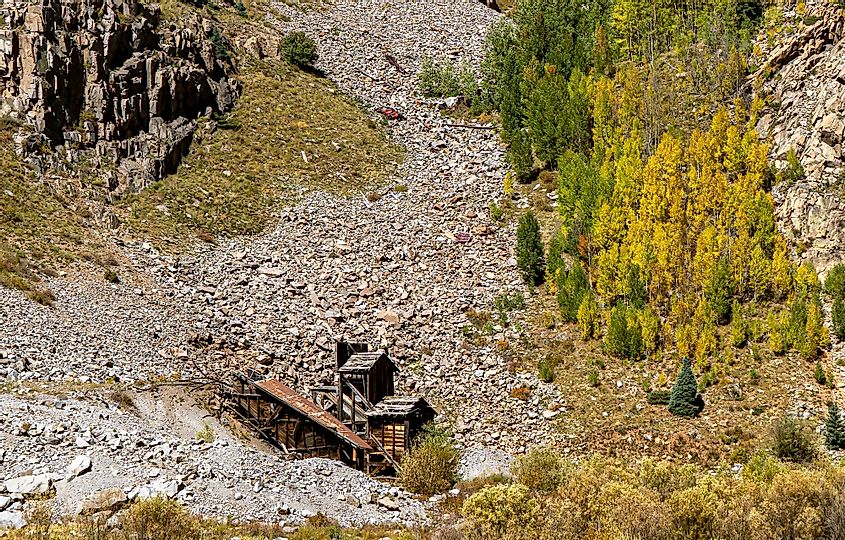
San Juan's mines were rich in high-grade ore, but the isolation and nature of the terrain slowed down early development efforts. The mining technology back then was not efficient, and it was hard to establish the mining shacks in the region. The silver boom at Leadville in 1879 drew most of the attention away from other districts. One major event that helped Silverton was the arrival of the Denver & Rio Grande railroad in July of 1882. This important rail link that connected Silverton to Durango and the outside world played a huge role in stimulating the local mining industry and town.
Silverton was founded on silver but prospered later on the strength of the region's gold mines. Silverton boomed in the 1880s, becoming the most important city in one of the nations' richest mining regions. By 1905, the town had around 3,000 residents. Miners came worldwide to work in local mines, including Serbia, Ireland, France, Germany, Russia, Finland, and Denmark.
Post World War I, the metal prices declined, resulting in a long decline of the Colorado mining industry through the 1920s. By 1933, only five mines continued to operate. During this time, Charles Chase managed the Shenandoah-Dives mine, which was the district's top producer. He kept the mine and mill operating even as metal prices were declining and kept around 250 local men employed, fed the unemployed, and supported the people during the Great Depression of the 1930s.
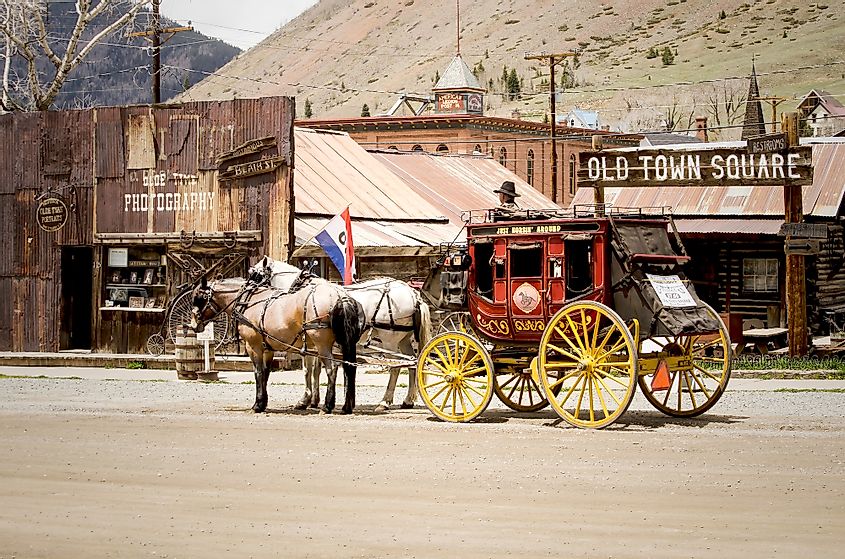
The beginning of World War II stimulated metal prices, giving San Juan's mines another chance as they roared back into production. The high demand for commodities like copper, lead, zinc manganese, and tungsten gave the mines in San Juan importance as they were rich in these strategic minerals. However, by the 1950s, the mines of San Juan were reaching the end of their viability due to factors like dwindling ore reserves, environmental concerns, and low base-metal prices played a role in the closure of most of the mines in the region. As a result, the population decreased, and by 1957, only 890 residents remained ("Silverton Colorado"). The population kept decreasing and recorded 637 in 2010 and 599 in 2020.
Tourist Attractions In Silverton
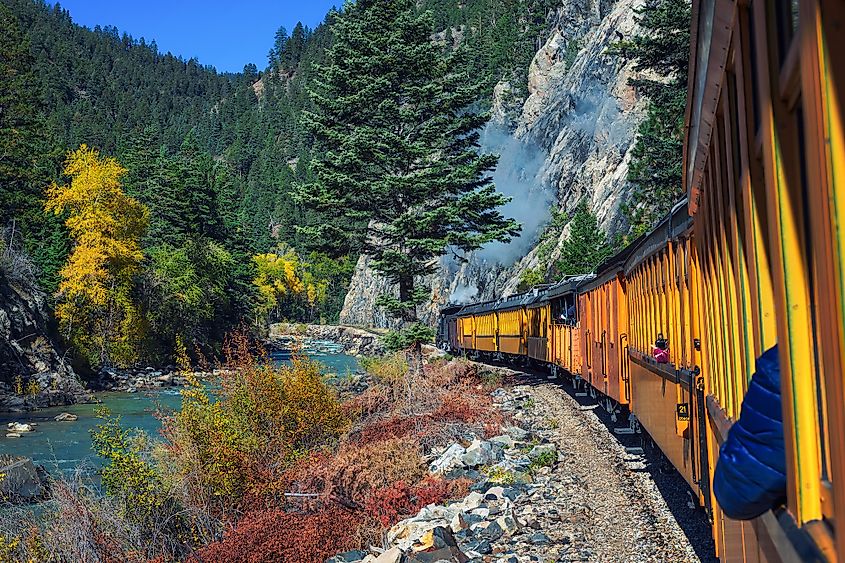
Even though the mining closed, Silverton makes its way on any tourist's bucket list with its wide range of year-round activities and adventures. Tourists are attracted to the Million Dollar Highway, which is one of the most beautiful roads in Colorado. The road travels from Silverton to Ouray and allows tourists to capture the region's beauty and San Juan mountains without leaving the paved road.
In Summer, tourists enjoy seeing the San Juan mountains and spectacular wildflowers by horseback. The San Juan mountains are known for their crystal-clear waters, making them excellent for fishing and rafting. Tourists also enjoy camping, hiking, and biking when visiting Silverton in the summer.
Just like all Southwest Colorado, Silverton is known for its harsh snowy winters. Tourists and adventurers visit Silverton in winter to enjoy skiing in the rocky mountains nearby as well as snowmobiling and ice climbing.
